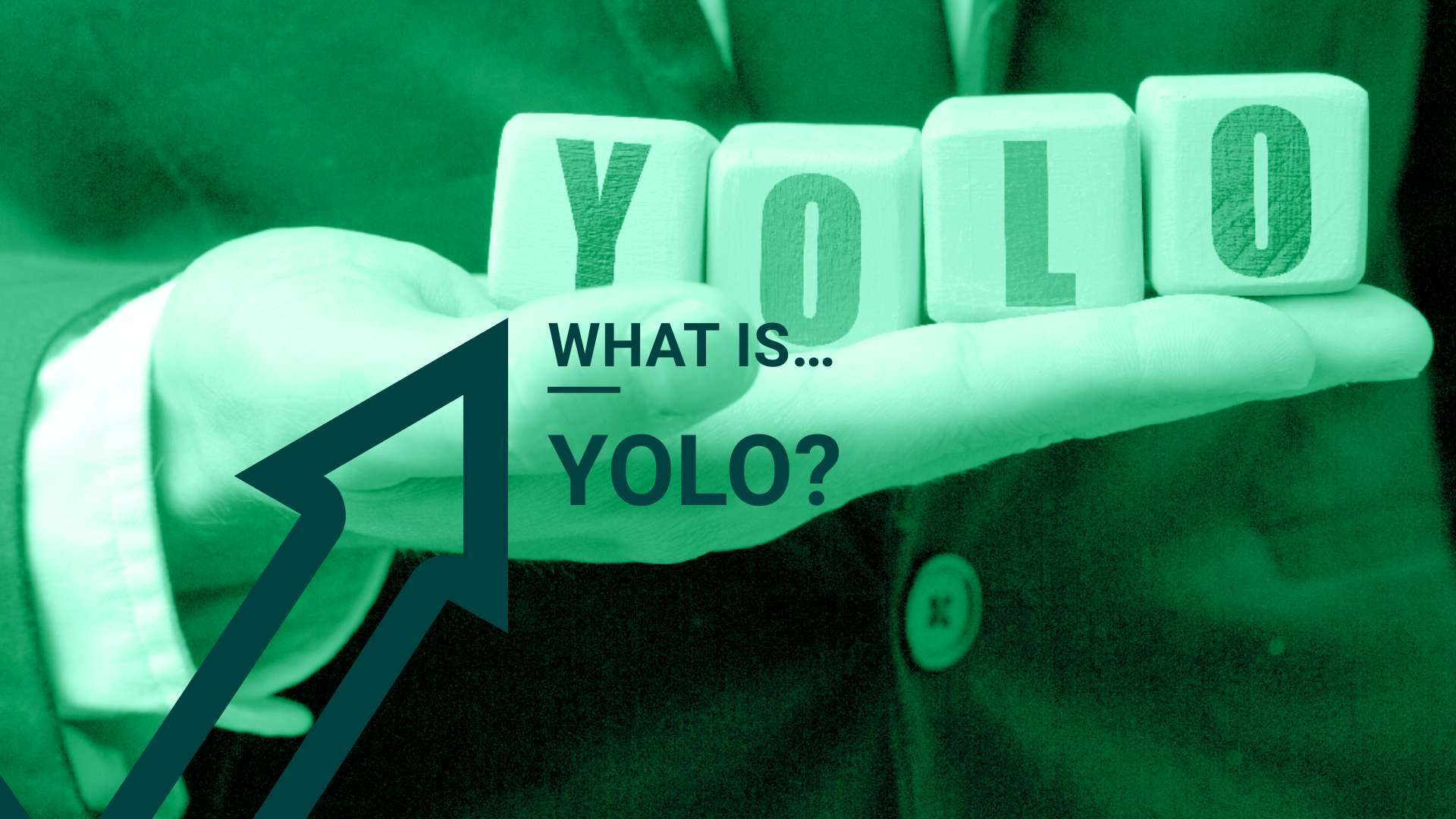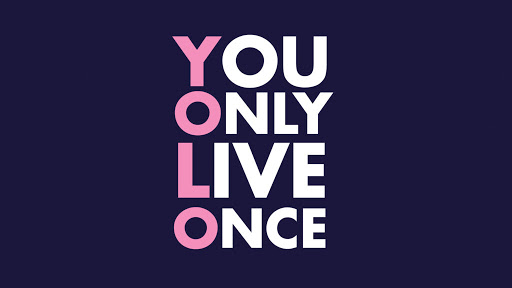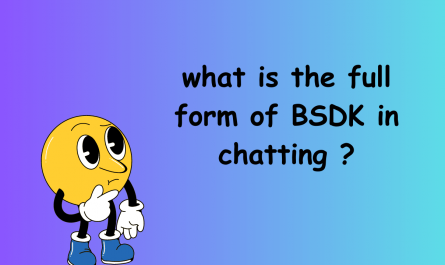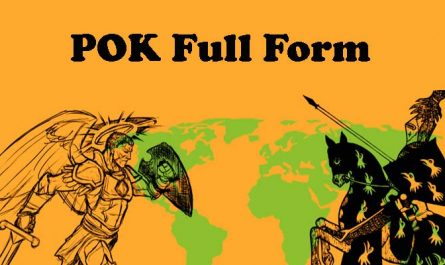Yolo Full Form. In the world of technology and computer vision, YOLO is an acronym that stands for “You Only Look Once.” It is an object detection algorithm that has gained significant popularity due to its speed and accuracy. Developed by Joseph Redmon, Santosh Divvala, Ross Girshick, and Ali Farhadi, YOLO revolutionized the field of computer vision by introducing real-time object detection capabilities.
YOLO Full Form
YOLO’s full form is “You Only Look Once”. YOLO is a deep learning algorithm used for real-time object detection in images and videos. Traditional object detection methods involve running a classification model multiple times across different regions of an image, which can be computationally expensive. YOLO takes a different approach by treating object detection as a regression problem. It divides the input image into a grid and predicts bounding boxes and class probabilities directly from the grid cells.

History and Development
The development of YOLO began in 2015 when Joseph Redmon introduced the initial version of the algorithm. YOLO v1 achieved impressive results by combining object detection and classification into a single neural network. Over the years, several improvements and variations of YOLO have been introduced, such as YOLO v2, YOLO v3, and YOLO v4. Each version aimed to enhance accuracy, speed, and the ability to detect objects at different scales.
How YOLO Works
YOLO follows a simple architecture consisting of a single neural network. The network divides the input image into a grid of cells, each responsible for predicting bounding boxes and class probabilities. The predictions are made based on predefined anchor boxes and the confidence scores assigned to each box. The final output is a list of bounding boxes along with their corresponding class labels and confidence scores.

Advantages of YOLO
YOLO offers several advantages over traditional object detection algorithms. First and foremost, it provides real-time detection capabilities, making it suitable for applications that require instant object recognition. Additionally, YOLO is known for its simplicity and ease of implementation. The single-network architecture simplifies the training process and reduces computational requirements.
Applications of YOLO
YOLO has found numerous applications across various domains. In autonomous vehicles, YOLO is used for object detection on the road, enabling the vehicle to identify and track other vehicles, pedestrians, and traffic signs. In surveillance systems, YOLO can detect and track objects of interest in real-time, enhancing security measures. YOLO is also utilized in robotics, augmented reality, and human-computer interaction.

Limitations of YOLO
While YOLO offers impressive speed and accuracy, it does have some limitations. YOLO struggles with detecting small objects, as the grid cells may not have enough spatial resolution to capture fine-grained details. Additionally, YOLO can sometimes produce false positives or miss detections in complex scenes with overlapping objects. However, these limitations are continually being addressed and improved in newer versions of YOLO.
Future of YOLO
The future of YOLO looks promising as the algorithm continues to evolve. Researchers are actively working on developing more advanced versions of YOLO with improved accuracy and the ability to handle challenging scenarios. With the advancements in hardware and deep learning techniques, YOLO is expected to play a crucial role in various industries, including autonomous driving, robotics, and security.
Conclusion
YOLO, full form “You Only Look Once,” is a powerful object detection algorithm that revolutionized computer vision. Its real-time capabilities and accuracy make it an indispensable tool in various applications. As YOLO continues to evolve and address its limitations, it will further solidify its position as one of the leading object detection algorithms in the field of computer vision.
Also Read:
- What is The POK Full Form? What Does POK Stand For?
- Full Form of NIKE: Unveiling The Meaning Behind The Iconic Brand
Frequently Asked Question
Yes, YOLO can be used for both images and videos. Its real-time capabilities make it well-suited for video-based applications.
YOLO offers faster detection speeds compared to SSD and Faster R-CNN while maintaining competitive accuracy. However, the choice of algorithm depends on the specific requirements of the application.
Yes, YOLO is designed to detect multiple objects simultaneously. It predicts bounding boxes and class probabilities for each object present in the image.
Anchor boxes in YOLO are pre-defined boxes of different shapes and sizes. They serve as reference templates for predicting the bounding boxes of objects. The network adjusts the anchor boxes based on the object’s location and size.
Yes, YOLO has several open-source implementations available, such as Darknet and YOLOv5. These implementations provide code and pre-trained models that can be used for various object detection tasks.



